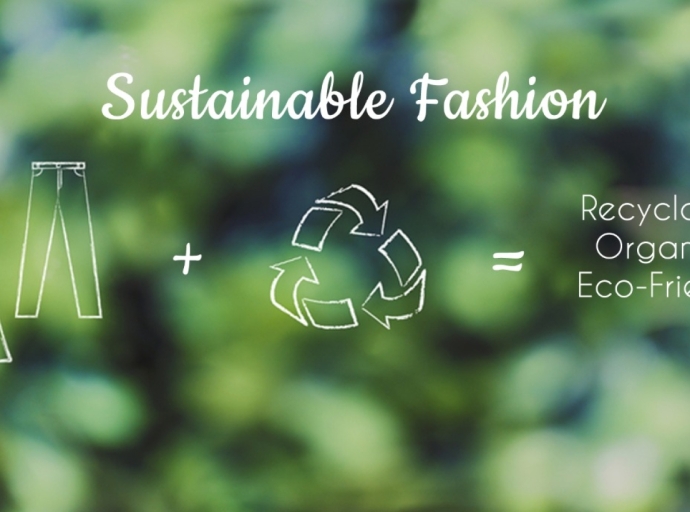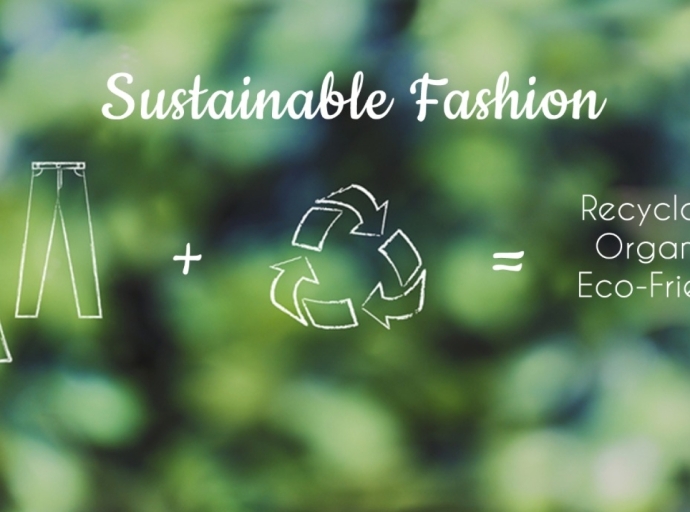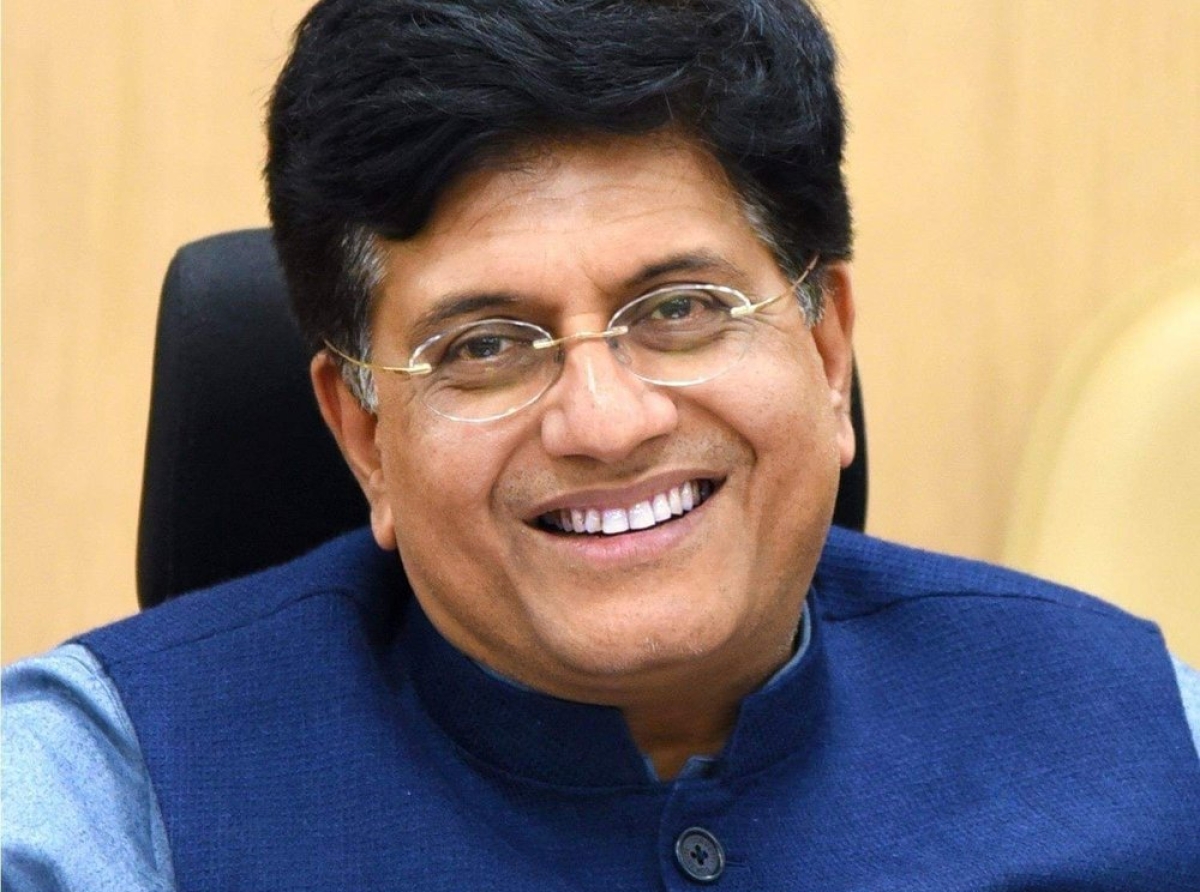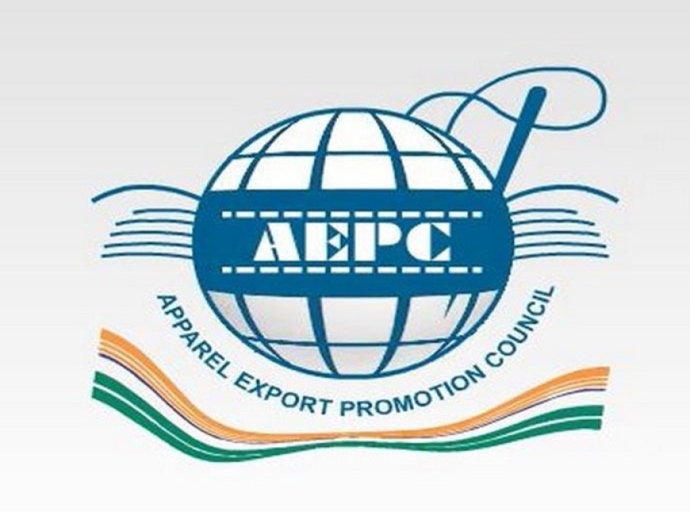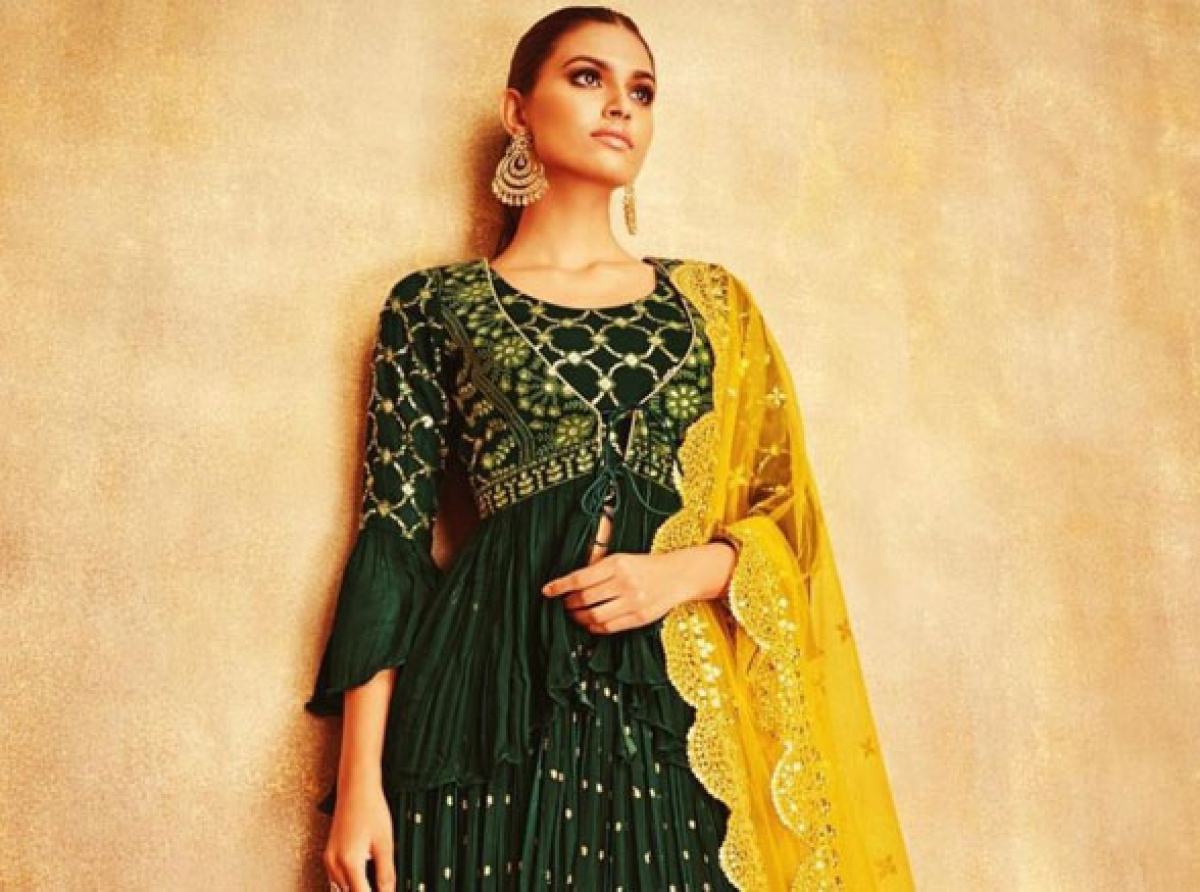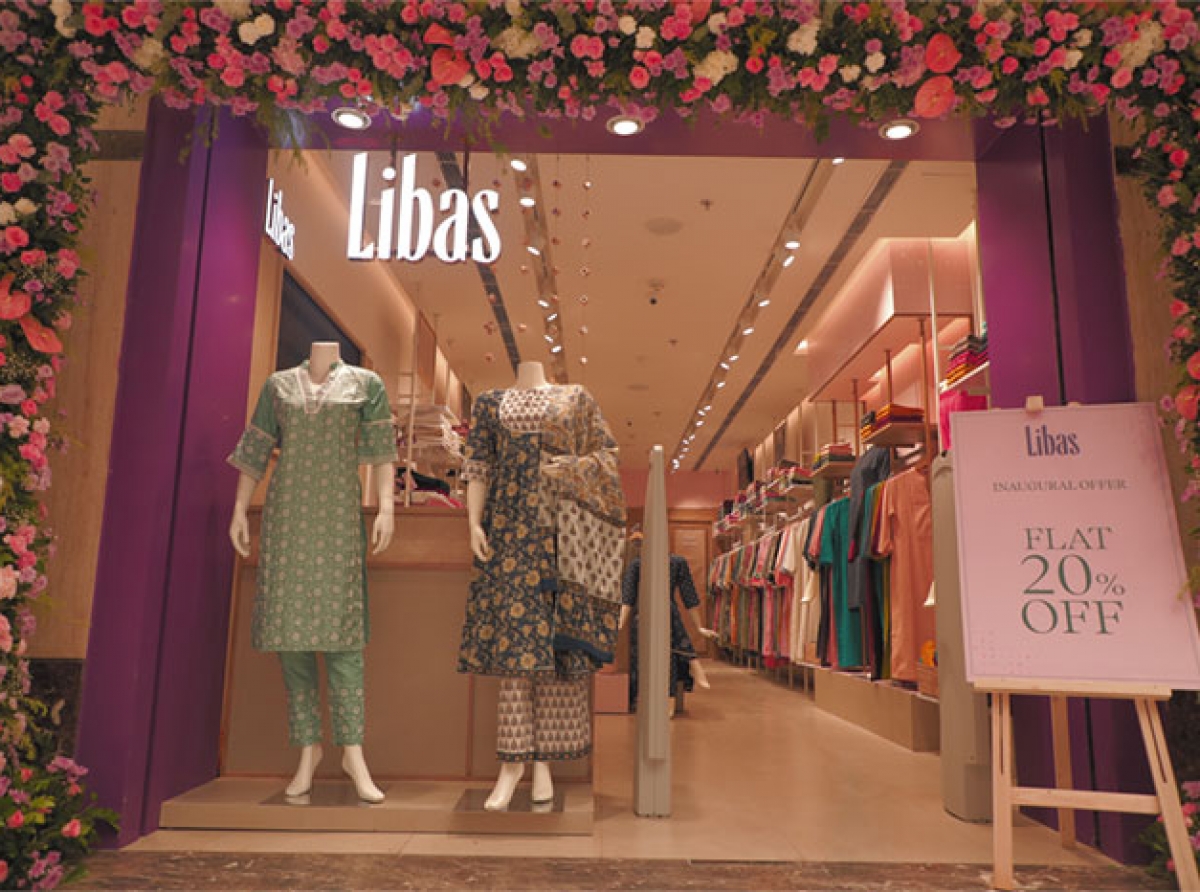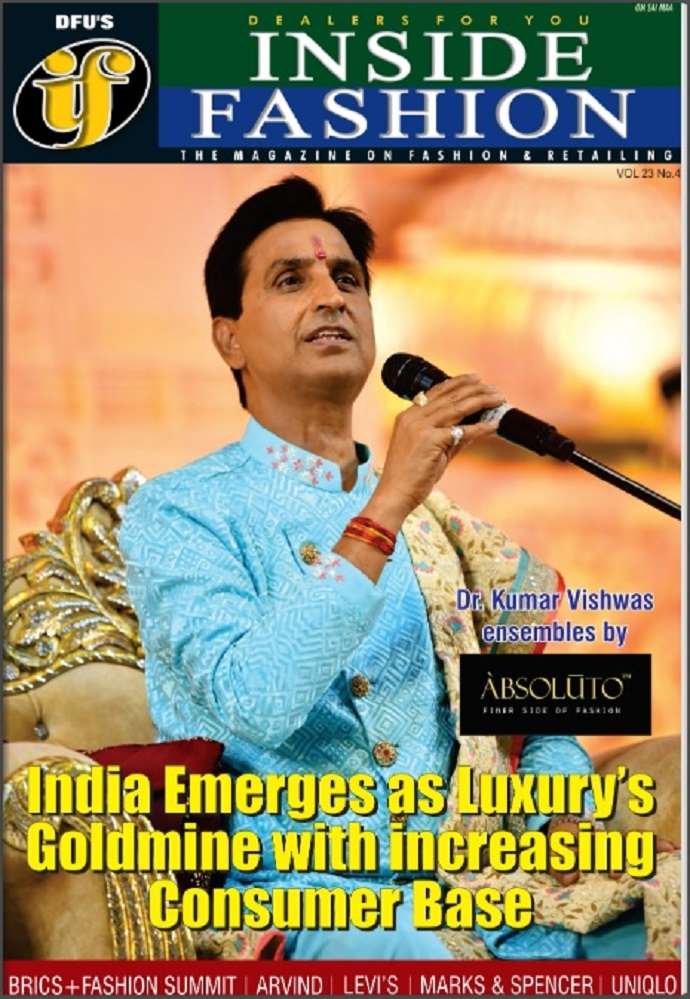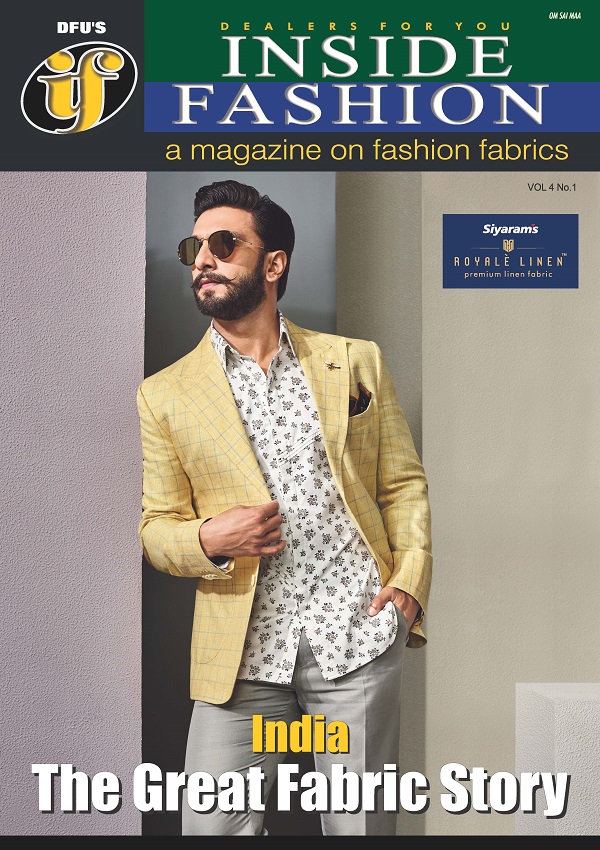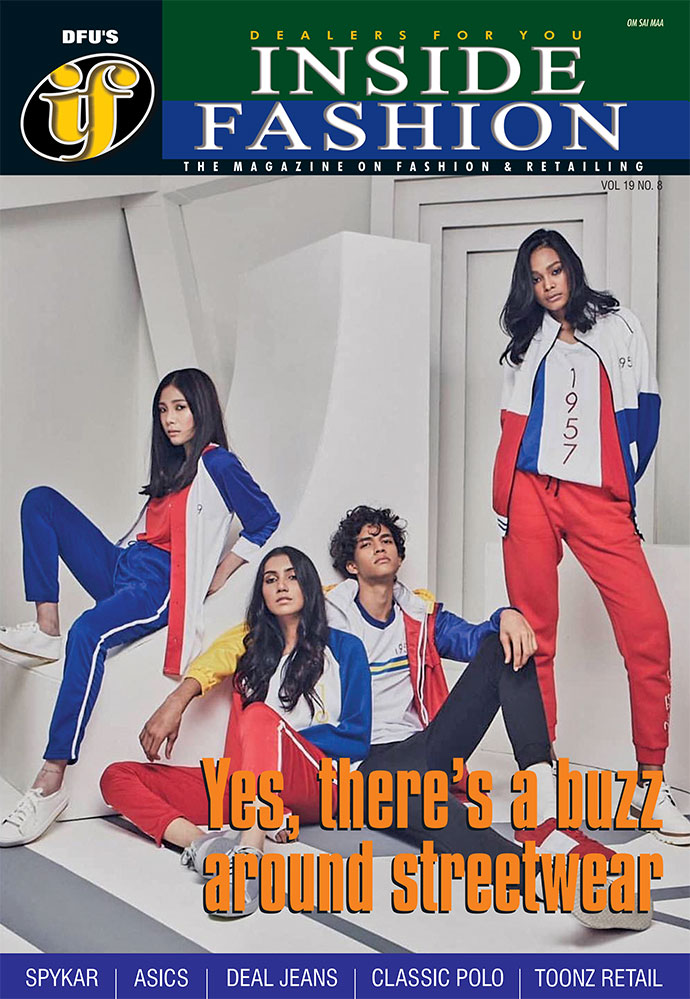09 March 2022, Mumbai:
TEA, Tirupur
Tirupur has grownup by leaps and bounds, from less than Rs.10 crores in 1984 to Rs.23,620 crores in 2016 - 17, and in 2017-18, it recorded Rs.24,060 Crore and again clocked Rs. 27,650 Crore in 2018-19. During the year 2019-20, Tirupur exports were Rs.27,280 Crore and the decline in exports was due to the COVID-19 Pandemic impacted globally.
TIRUPUR KNITWEAR EXPORTS
Tirupur is contributing about 45% of total knitwear exports from our country and is exporting only cotton-based garments.
There is a good scope for increasing our market share in the global from the current level of about 2.6% by exporting value-added products and synthetic products. The following table compares the knitwear exports of Tirupur with all Indian exports.
_large.jpg)
ALSO READ: TEA advocates for a two-year extension of the IES on pre-and post-shipment rupee export credit
Raja Shanmugam | TEA, President
Credentials
As far as the export is concerned, all leading brands Nike, Cutter & Buck, Tommy Hilfigure, Point Zero, Fruit of Looms, Adidas, GAP, Katzenberg, Van Hussain, Fila, Arrow, TESCO, S Oliver, Inditex (Zara), etc., and leading chain stores like C&A, WalMart, Target, Primark, Sears and Mothers Care, H&M, Decathlon, Carrefour, Lindex, Hanes Brand, Polo, Ralph Lauren, NEXT, Kiabi, Columbia Sportswear, Bhs, Wal-Mart, Aldi stores, Guess Jeans & Spring Field etc., are sourcing from Tirupur.
With the ongoing Russia-Ukraine war, garment exporters in Tirupur are worried that the volatile market would have a cascading effect on the garment industry here. Tirupur Exporters Association’s president Raja M Shanmugham said 40% of its export business is with the European Union (EU) and the UK with a monthly turnover of `1,200 crore.
Most of the European buyers and brands have branches or franchises set up in Russia. Though no specific data is available on the quantum of garments sent by European buyers to Ukraine and Russia, exporters here estimate that it could be around Rupee ET50 crore a month. Last year, Rhythm Knit India in Tirupur, which manufactures children’s garments made `5 crore in the Russian market.
Rajkumar Ramasamy, the managing director of Best Corporation said they do not have direct business ties with Russia. But, a UK-based client of theirs was selling Tirupur products in Russia through a franchise.
Rajkumar has business of `15 crore a month with the EU, a small portion of which might be going to Russia.
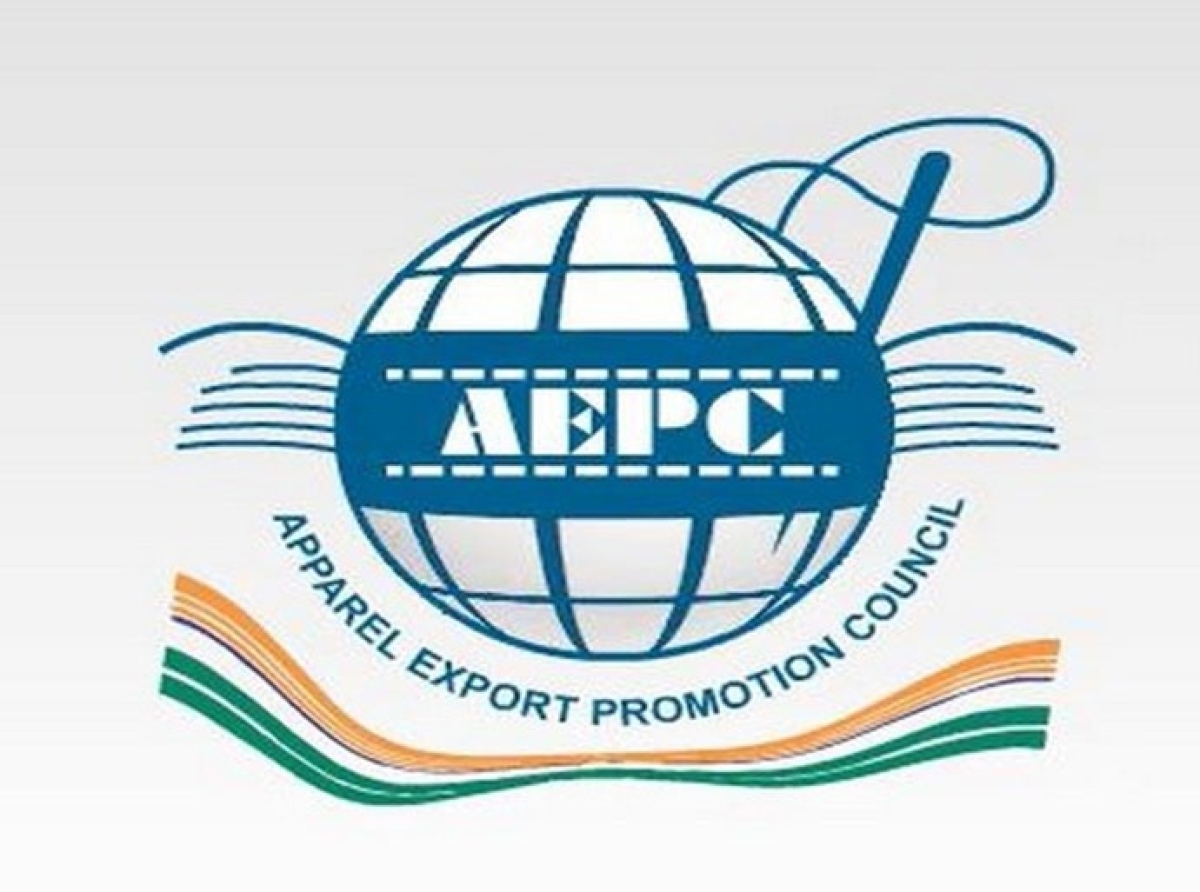
Though the current sale of Tirupur garments in Russia and Ukraine is minuscule, the companies had plans to expand there, which has been put on hold now, affecting long-term business plans. “Given the situation, we have halted our plans to expand our business to Russia,” said S K Saminathan, executive director Rhythm Knit India.
Exporters said they had done export business with Russia in the past. “Due to several issues like lower Dun & Bradstreet rating and no payment guarantee from Russian buyers, we stopped doing business in the country,” said E Siva Sankar, managing director of Exel Sourcing Company. Due to the ongoing crisis, Siva believes buyers from the EU may slow down purchase.
There could be a cascading effect of the war — a possible slowdown of the economy — which might force the European buyers to cut expenditure, industrialists feel. Garment makers also fear the crisis may push up the cost of logistics, price of raw material and of finished goods.
“At this time, many people are refraining from doing textile shopping.
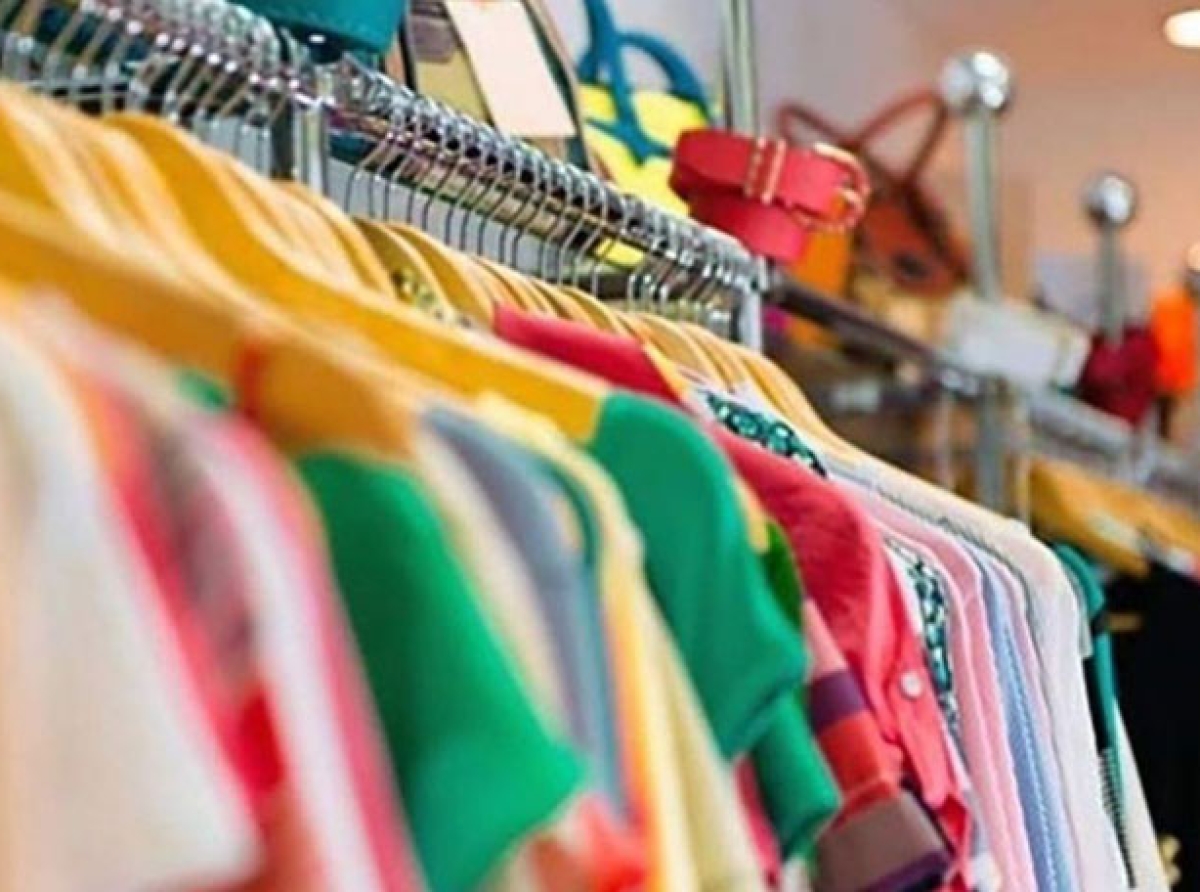
Hence, buyers may slow down purchase,” Siva said. K E Raghunathan, convenor of the Consortium of Indian Associations, an umbrella body of MSMEs, said the textile industry in Tamil Nadu is most likely to take a hit due to the war.
“If the war continues, it would cripple the supply chain. Not only garment exports, but other exporters who are into automobiles could also face the heat because of the ongoing crisis,” he said. K Selvaraju, secretary general of Southern India Mills’ Association, said exporters have been advised to wait and watch.
RELATED ARTICLE TEA, Tirupur urges FM to help MSMEs with liquidity
Join our community on Linkedin
CREDITS: TEA & TOI.



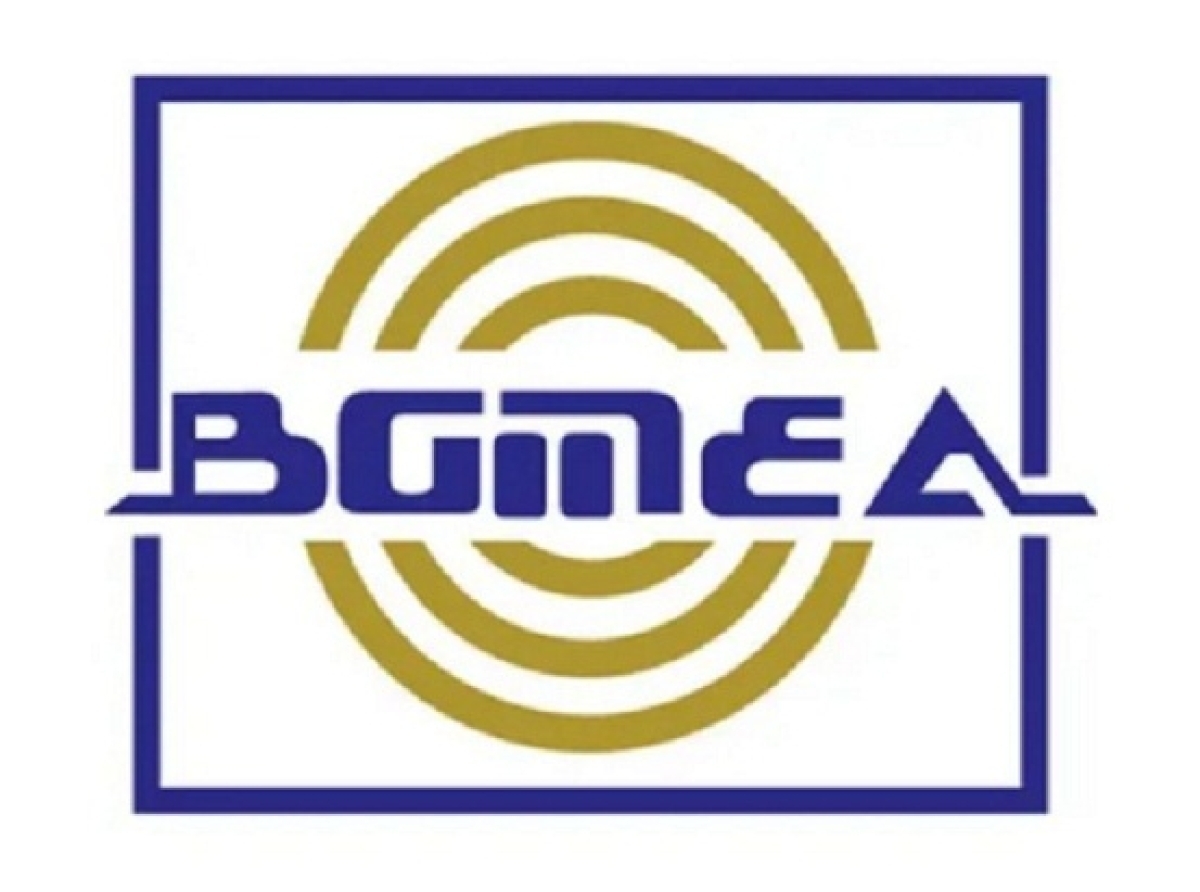
_large.jpeg)
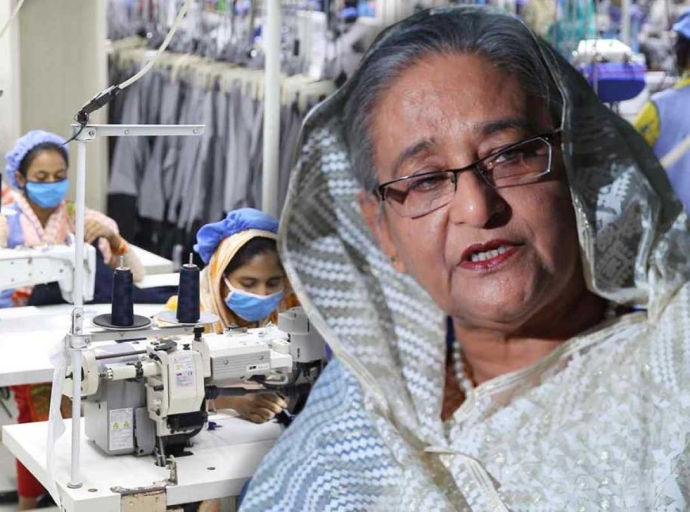
_large.jpeg)

_large.jpeg)


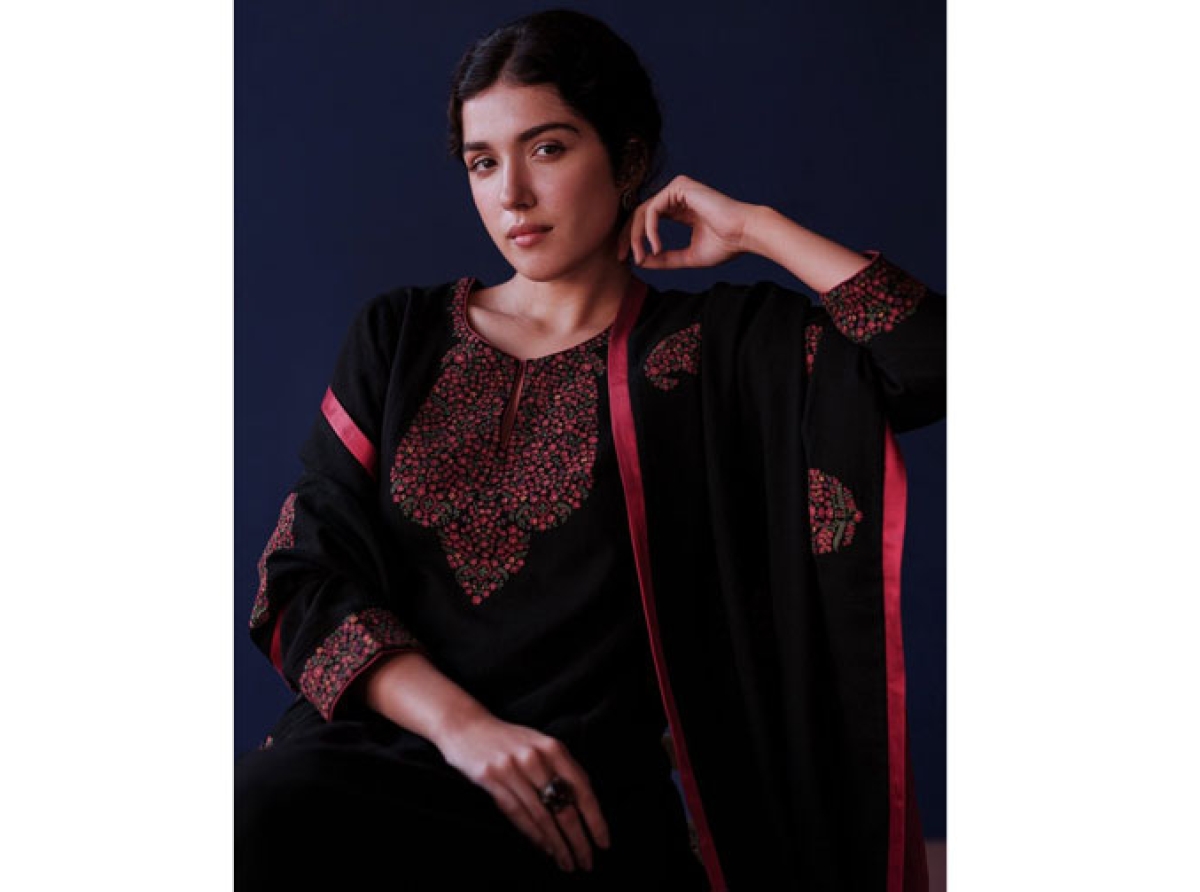
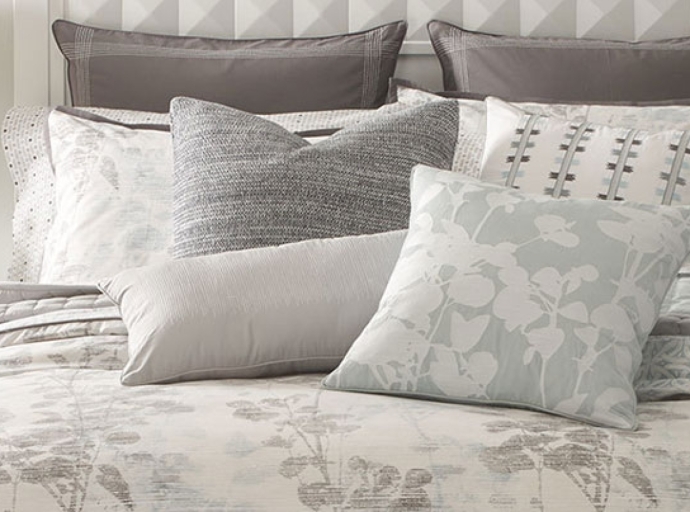

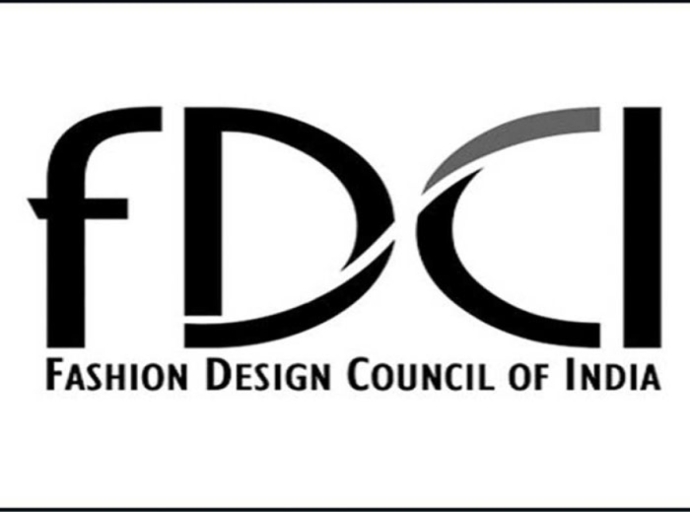
_large.jpg)


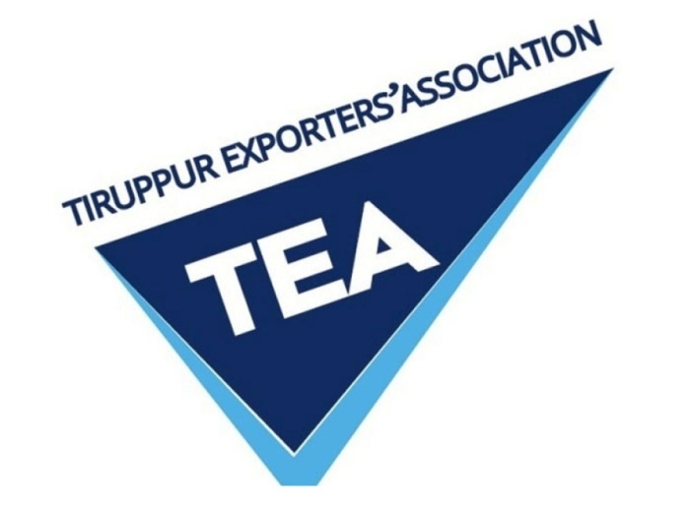

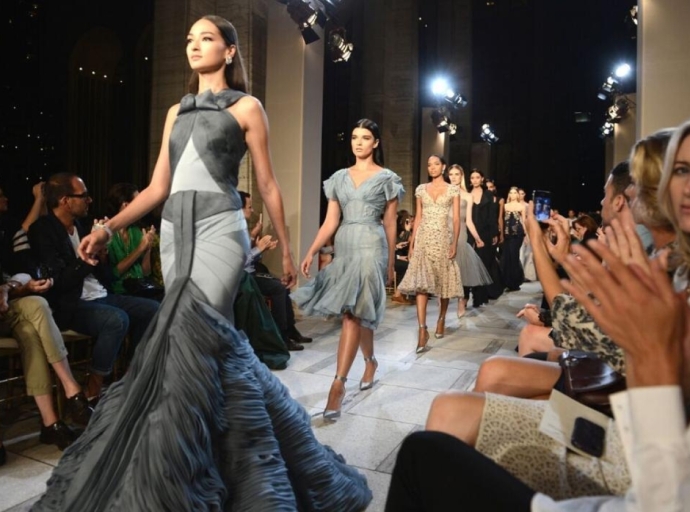

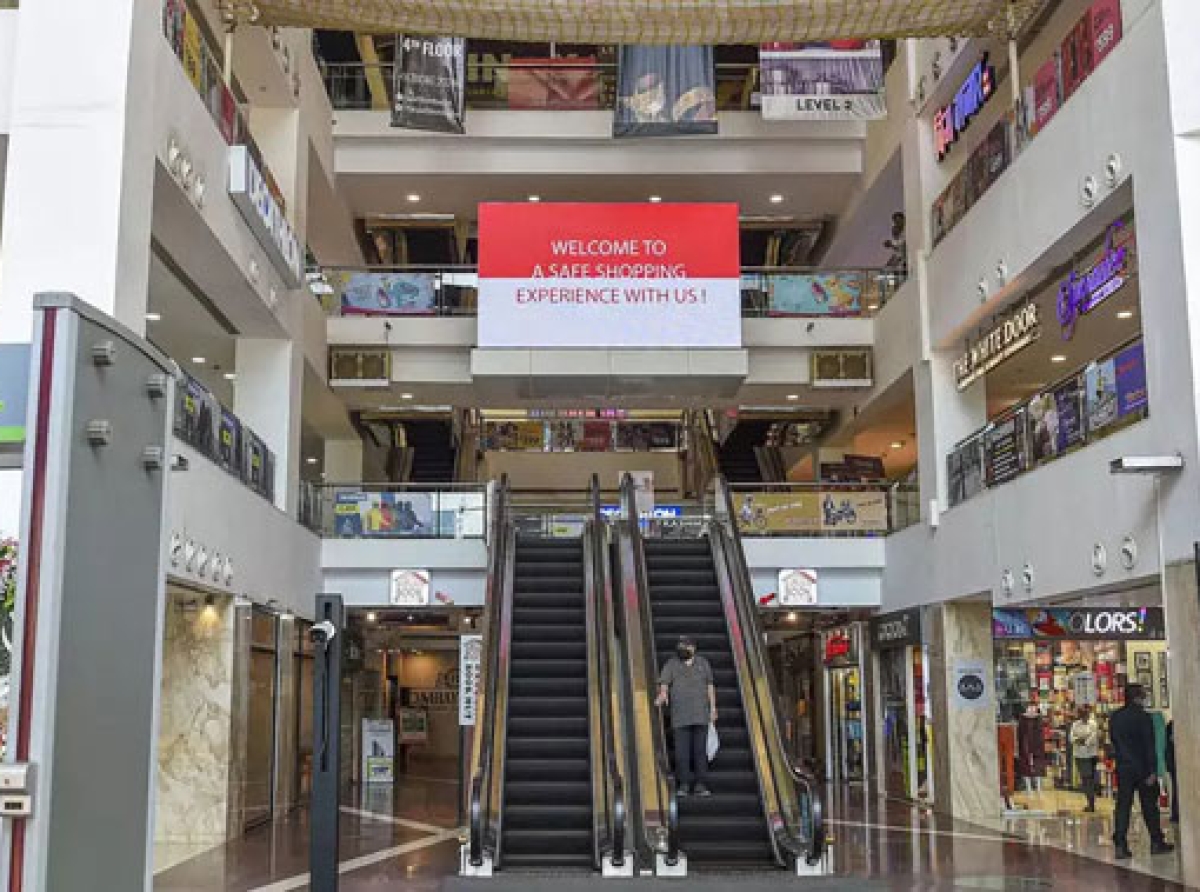
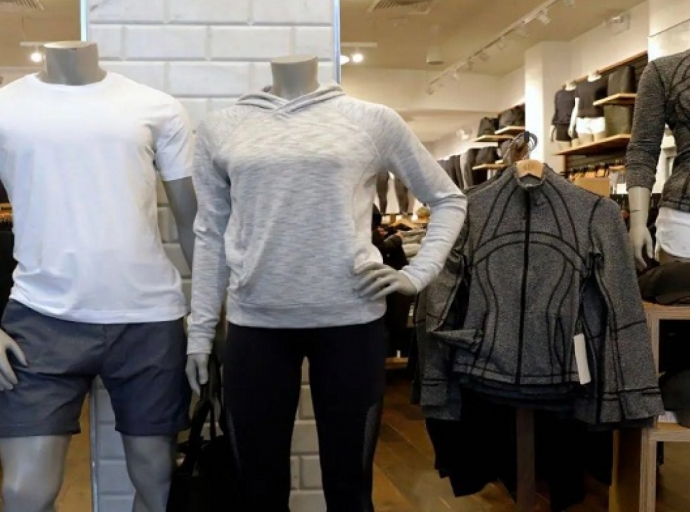
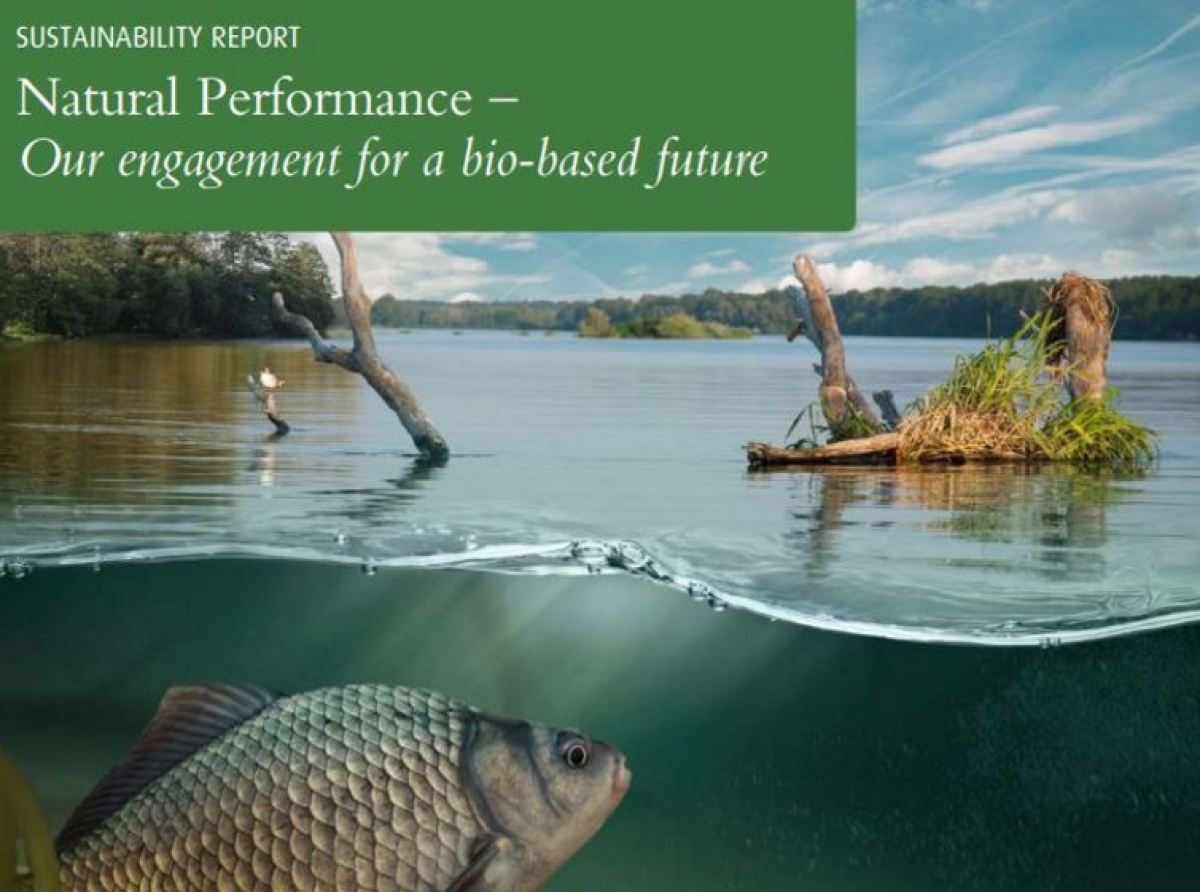

_large.jpeg)
